Business Email and Anti-Spam Policy: Protecting Reputation, Enhancing Communication Efficiency
In the digital age, business email has become an indispensable part of internal and external communication for organizations. The rapid growth of e-commerce, online marketing, and remote work trends has made email the primary means of official, legal, and secure information exchange.
However, along with significant benefits come considerable challenges, especially the issue of spam email – a cause of reduced communication effectiveness, damage to brand reputation, and potential serious security risks.

What is Spam and Why Should Businesses Care?
In today's digital world, spam – also known as junk mail – consists of emails that are not expected by the recipient or lack practical value. Most spam emails are repetitive advertisements, contain false information, are fraudulent, or contain malicious links intended to steal information, spread malware, or deceive recipients into taking actions harmful to individuals or organizations.
In a business environment, spam is more than just a nuisance. If not strictly controlled, spam can affect work productivity, data security, brand reputation, and internal operating systems. For businesses using business email as their official communication channel, the severity is even higher because any violations or incidents from spam can have a widespread impact on the entire email ecosystem and the customer-partner relationship.

What are the Real-World Harms of Spam in a Business Environment?
Consumes System Resources and Slows Performance
Each spam email received consumes bandwidth, storage space, and processing resources of the business email server system. Without good filters and controls, receiving hundreds to thousands of junk emails each week will reduce server performance, leading to:
- Slow internal email delivery, delayed response times.
- Email backup systems become bulky and difficult to retrieve.
- Storage costs increase over time without providing value.
Causes Distraction and Interrupts Work
When employees constantly have to check and filter irrelevant emails, they waste time on non-value-added tasks. An employee bothered by 10-20 junk emails/day equates to several dozen minutes of unnecessary processing. If the employee is in customer service, finance, or management, the consequences are even more serious because they may:
- Miss important emails from partners or customers.
- Delay processing work according to schedule.
- Cause errors in information exchange or incorrect responses.
Reduces Brand Reputation and Legitimate Mail Reception Rate
If the business email system is not protected and allows spam to leak, the company's domain name may be blacklisted – that is, added to the blacklist of international filters such as Spamhaus, Barracuda, or Google Safe Browsing. In that case:
Emails sent from the company are easily marked as spam.
Partners or customers may not receive important letters.
The entire email marketing campaign may fail due to a low Inbox rate.
Increases the Risk of Cyber Security Attacks
Many spam emails are designed to impersonate internal or trusted partner emails to steal login information, spread malware, or lure users to phishing websites. These forms of attack may include:
- Phishing: Impersonating accounting or administrative emails to request transfers or provide passwords.
- Ransomware: Attaching files containing viruses, which when opened, encrypt all internal data and demand ransom.
- Spyware: Installing tracking code in spam links to secretly record user operations.

Common Forms of Spam in a Business Email Environment
Internal Spam – Seemingly Minor but with Major Consequences
This is a common situation in businesses that do not have clear regulations on email usage. Some employees use the company's business email to:
- Send personal, multi-level marketing, or sales advertisements.
- Send mass emails without a licensed system.
- Share information unrelated to work (humorous, entertaining, large files...).
As a result, the business email space becomes diluted, easily loses its professionalism, and makes other employees feel annoyed and distracted.
External Spam – Potential Danger Hidden Behind the “Email Curtain”
Spoofed emails from banks, suppliers, or even the “boss” requesting urgent processing are typical examples of dangerous spam. Common identifiers are:
- Strange language, misspelled.
- Attachments with strange extensions such as .exe, .zip, .js.
- Links redirecting to websites that do not belong to familiar domain names.
- With just one wrong click, the entire information system of the business can be stolen, encrypted, or interrupted.
Spam Due to Compromised Business Email System
- When internal email accounts are accessed by hackers, bad actors can use that account to:
- Send mass emails to the entire partner list.
- Distribute malware from a “trusted” address.
- Request money transfers or change passwords for other systems.
This not only causes the business email system to be marked as a spam source, but also causes serious damage to finances, reputation, and customer trust.

Why Should Businesses Invest Seriously in an Anti-Spam Policy?
Combating spam cannot rely on individual user awareness, but must be a system-level policy, integrating technology, processes, and human training. A business email system with good anti-spam capabilities will bring:
- Increased reliability in communicating with customers.
- Protection of all digital assets, avoiding data leakage.
- Optimized work performance, reduced information noise.
- Limited legal risks in cases of data loss of control.
Authentication and Anti-Spam Technologies in Business Email Systems
In the context of increasingly sophisticated spam, spoofed emails, and cyberattacks, protecting a business email system is not just a technical requirement but a survival strategy to protect the business's reputation and digital assets. The three core technologies in authentication and anti-spam today include: SPF, DKIM, and DMARC – considered the “three shields” against spoofing and effectively preventing malicious emails.
SPF – Sender Policy Framework: Prevents Sender Spoofing
SPF (Sender Policy Framework) is an authentication protocol that helps detect and block emails sent from servers not authorized by the domain owner. In other words, SPF is a whitelist of servers allowed to send emails on behalf of a business domain.
Operating Mechanism:
- System administrators set up SPF records in DNS (Domain Name System).
- When an email is sent from an address such as nhansu@tencongty.vn, the receiving server will check if the IP of the sending server is in the valid SPF list.
- If it does not match, the email will be marked as unauthenticated, moved to spam, or completely rejected.
Outstanding Benefits:
- Prevents spoofing attacks (sender spoofing).
- Protects the brand from being exploited to spread spam or malware.
- Contributes to increasing the reliability of business emails in the eyes of email filtering systems such as Gmail, Outlook, Yahoo.
Real-World Example: If a business does not set up SPF, bad actors can impersonate ceo@tencongty.vn to send emails requesting urgent transfers to the accounting department. SPF will help determine that the sending server is invalid and reject the letter, thereby avoiding serious financial losses.
DKIM – DomainKeys Identified Mail: Ensures Content Integrity
DKIM (DomainKeys Identified Mail) is a business email authentication method based on digital signatures. This technology allows the sending server to attach an encrypted signature to the header of the email. The receiving server can use the public key in DNS to verify that the email's content has not been changed since leaving the sending server.
Operating Mechanism:
- Business emails will automatically attach a DKIM signature to each outgoing email.
- The receiving server uses the public key stored in DNS to decrypt and confirm validity.
- If the email content is modified during transmission (e.g., adding a malicious link), verification will fail and the email will be marked as unsafe.
Outstanding Benefits:
- Protects email content from being changed or edited by third parties.
- Increases reliability in the spam filtering system of major email providers.
- Contributes to affirming the authenticity of the email-sending brand, especially useful in email marketing, customer care, or financial transactions.
Real-World Example: Businesses send contract files via email to customers. Without DKIM, the file may have its contents changed along the way without anyone noticing. DKIM ensures that the content reaches the recipient exactly as it was sent, avoiding misunderstandings or fraud.
DMARC – Domain-based Message Authentication, Reporting & Conformance: Authentication Policy and Monitoring
DMARC (Domain-based Message Authentication, Reporting and Conformance) is an advanced security layer that helps businesses establish an action policy for business emails that fail SPF or DKIM authentication. In addition, DMARC provides detailed reports on attempts to spoof domain names for sending emails – a must-have feature for businesses with high sending frequencies or sensitive data.
Operating Mechanism:
- Businesses install DMARC records in DNS, specifying:
- Whether to apply SPF/DKIM authentication?
- If the email fails authentication, what will the system do? (Accept, mark as spam, reject).
- Address to receive email statistics and spoofed emails.
Every day, email receiving systems (e.g., Gmail, Outlook) will send reports about who is using the business's domain name to send emails.
Outstanding Benefits:
- Proactively block spoofed emails on behalf of the business.
- Provides statistical data to detect targeted spoofing attacks.
- Maximizes domain name reputation, especially in the financial, legal, healthcare, logistics...
Real-World Example: After enabling DMARC, a business discovers that a server abroad is sending mass emails impersonating support@tencongty.com. Thanks to DMARC, recipients' email systems reject these emails and report to the administrator for timely handling.
The Relationship Between SPF, DKIM, and DMARC in a Business Email System
The three technologies do not operate independently but are closely linked as a comprehensive authentication framework for business emails:
| Technology | Main Purpose | How it Works | Role in Anti-Spam |
| SPF | Authenticates the sending server | Compares the IP of the sending server with the list in DNS | Prevents spoofing of the sending source |
| DKIM | Authenticates the content | Attaches a digital signature to the email | Ensures the email is not changed |
| DMARC | Aggregate Policy | Checks SPF & DKIM, provides reports | Decides to block, monitor, and protect the domain name |

Why Should Businesses Deploy All 3 Technologies Simultaneously?
Deploying only SPF or DKIM is not enough to ensure the security of the email system. Only when applying all three (SPF + DKIM + DMARC) simultaneously can businesses:
- Be trusted by international mail filters (reduce the rate of being marked as spam).
- Be completely protected from email spoofing.
- Monitor spoofing activities, respond promptly.
- Increase the effectiveness of email marketing, customer communication, and internal communication campaigns.
Contact Information
- MIMA TRADING SERVICE COMPANY LIMITED
- GPDKKD: 0318672839 issued by Ho Chi Minh City Department of Planning and Investment on September 17, 2024
- Address: 31/3B Ấp Thới Tứ 1, Xã Đông Thạnh, TP Hồ Chí Minh, Việt Nam
- Phone: 0909 035 333
- Website: https://mimadigi.com
- Email: info@mimadigi.com

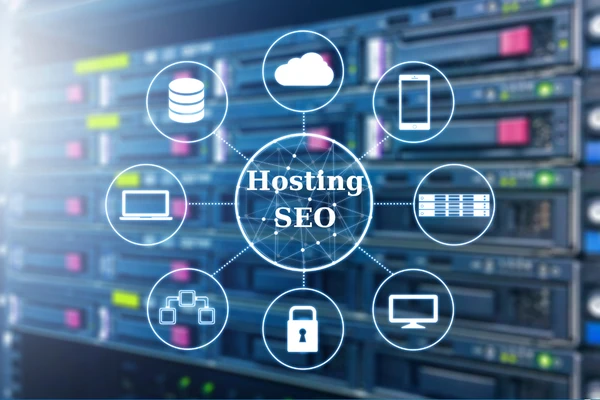
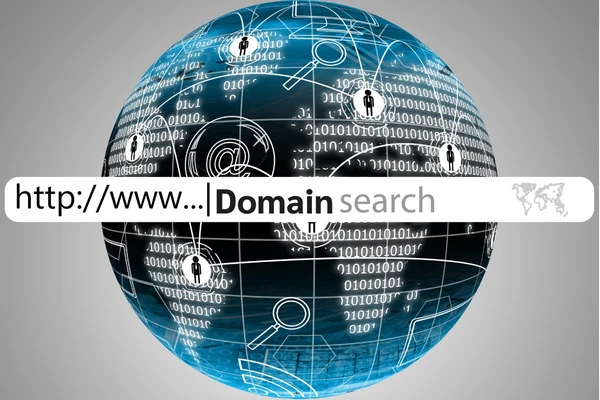
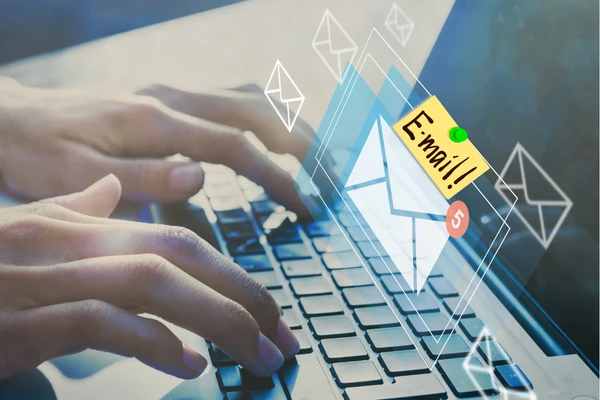

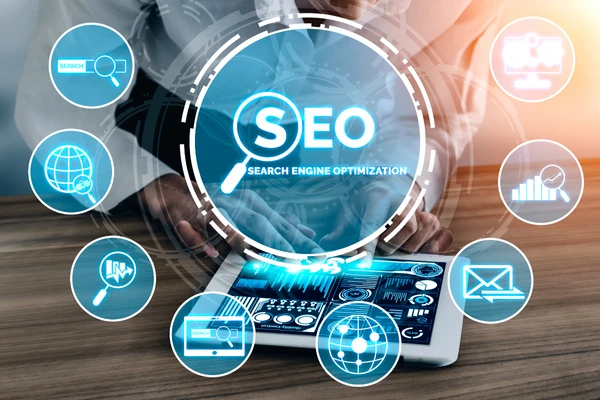



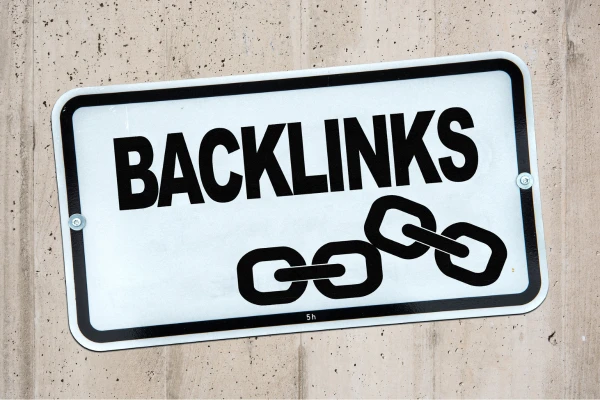

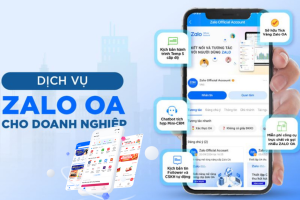

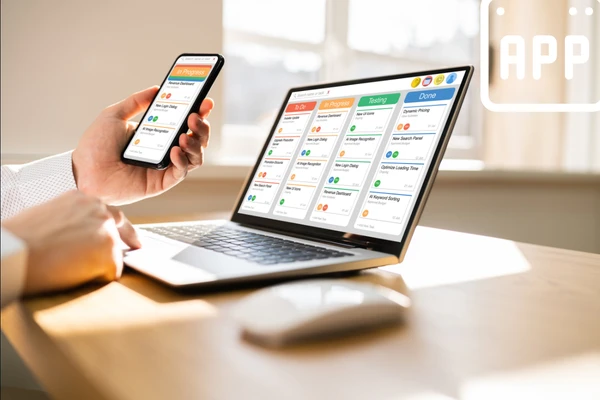
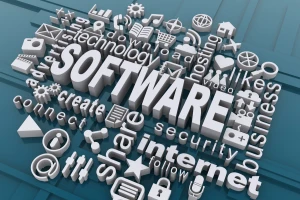








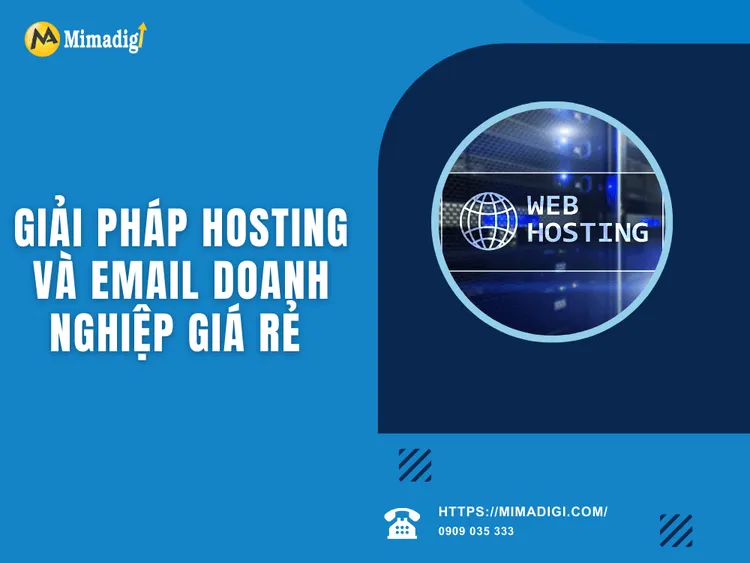


Share your review